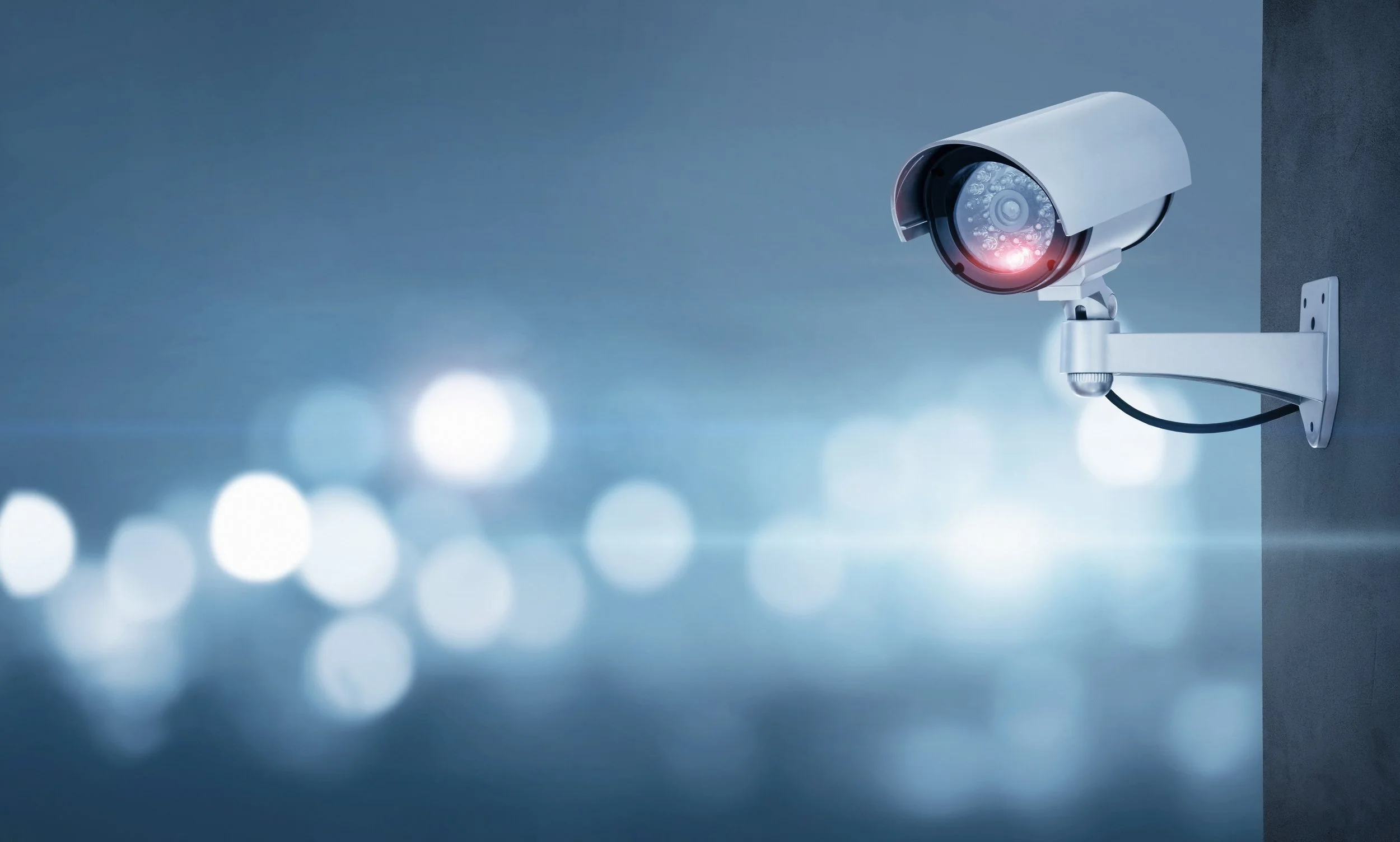Diplomatic Security’s Counter-Unmanned Aircraft System (C-UAS) operators in Post Alpha need a more centralized interface that autonomously gathers data from multiple C-UAS sensors and feeds the most relevant information into one single view.
Read MoreDesign engineers responsible for upgrading cameras at embassies need a policy that accounts for the capabilities of newly purchased high definition digital camera equipment in order to reduce costs and ensure full surveillance coverage of the compound to monitor for potential threats.
Read MorePolitical and economic officers at embassy Brussels need to be alerted when their personal devices’ unauthorized wireless capabilities are enabled in Controlled Access Areas (CAAs) in order to prevent adversaries from using wireless signals to collect classified information.
Read MoreSecurity response teams at U.S. government diplomatic and consular facilities need to have simultaneous secure, reliable, and mobile routes of communication during threat incidents in order to avoid misunderstandings and confusion to avoid lost lives.
Read MoreNetwork defenders in the Monitoring and Incident Response Division need a more reliable way to detect behavioral anomalies in order to counter malicious activity on DOS networks before incidents occur.
Read MoreOn-site security personnel at US embassies in the Middle East region need a Less-Than-Lethal (LTL) security systems that can be used multiple times in a short period of time in order to prevent large groups of attackers from breaching the facility..
Read MoreSecurity engineering officers (SEOs) and security technical specialists (STSs) at overseas offices need a more streamlined way to account for on-site security technology assets in order to reduce the over-reporting of inventory shortages that cost hundreds of thousands of dollars a year.
Read MoreThe Countermeasures Program Division (CMP), headquarters, and regional security teams needs to, in real-time, identify the changing environment or forensic variables in embassies to help predict security risks, like the Havana syndrome, in order to more quickly gather environmental data and potentially save lives.
Read MoreSecurity engineering officers and security technical specialists need a better way to determine the lifespans of explosive detection and X-ray equipment for over 2,000 worldwide units in order to reduce cost and increase time efficiency to fortify the physical security of U.S. embassies and consulates.
Read MoreSecurity engineering officers and security technical specialists need a better way to determine the lifespans of explosive detection and X-ray equipment for over 2,000 worldwide units in order to reduce cost and increase time efficiency to fortify the physical security of U.S. embassies and consulates.
Read MoreNetwork defenders in the Office of Cyber Monitoring and Operations need a better way to query and correlate data in a hybrid and multi-cloud data ecosystem in order to develop analytics capability at the network defender level and inform insight-driven decisions on cybersecurity incident response at the senior leadership level.
Read MoreOn-site security personnel at U.S. Government overseas offices need a way to quickly identify the location of imminent danger when the emergency notification system is triggered in order to create an escape plan or diffuse the threat before it causes harm to human lives and property.
Read MoreSecurity engineering officers in U.S. Embassy Baghdad need a better way to detect and locate non-US autonomous drones within 1/2 kilometer of the US Embassy Baghdad in order to prevent adversaries from surveilling and harming the people inside the embassy.
Read More












